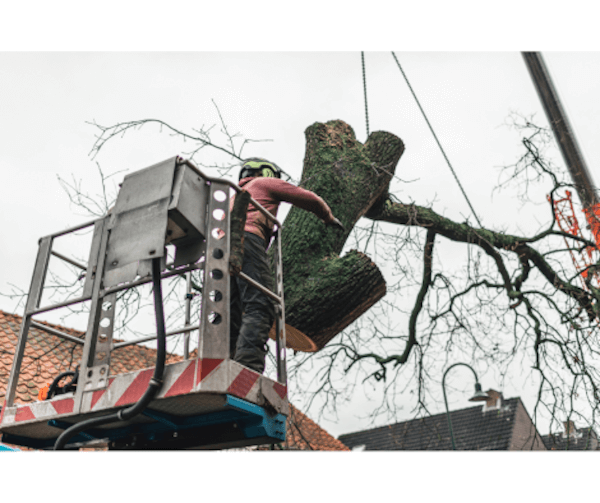Mistakes are easy to make when choosing a tree. Most of these are related to misinformation regarding a tree’s size when full grown. It’s also common to see mishaps like full-sun plants tucked into shady corners.
Planting a tree should be fun and exciting. Unfortunately, mistakes ultimately often lead to disappointment. Planning and careful consideration are not only necessary at the time of planting, but before as well. A successful tree planting starts with the right tree.

Advance planning, before you even visit the nursery, will help ensure you choose the right tree.
Planting Goal
With so many choices about species, size, cost and other factors, it’s easy to get bogged down before you even get to the most important question. Prior to making any decisions, the first thing to ask is, “what is my goal in planting a tree?” Some typical tree planting goals are improving privacy, beautifying the landscape (flowers, etc), increasing shade, or establishing a family heirloom. Establish a goal and you will have an easier time making a choice about the best tree.
Location, Location, Location
Similar to success in real estate, success with tree planting a tree is all about the right location. The tree needs to have enough physical room to develop. Additionally, the spot chosen should have the right amount of sunlight or shade as well as proper soil conditions. Understanding the size and requirements of the tree as well as the conditions it will grow in will further narrow your selection.
dditional Considerations
If you live in a rural area with a lot of deer, you’ll need to consider a tree that is resistant to deer browsing. Further, seasonality could be important to you. Maybe you’re looking for an evergreen so that you have year-round color or want a tree that has brilliant red leaves in autumn. Perhaps you’d like a tree that flowers during late summer, or one that provides food for birds, squirrels, pollinators and other wildlife. Accordingly, these secondary benefits can inform your choice of tree depending on your priorities.
fter Planting
When planting, remember that regular watering is vital for new trees. Removing wire baskets and any cording around the trunk (if balled and burlapped) will help deter long-term health issues related to poor root structure and girdling. Be sure to review our tree planting tips.
Lastly, the job of tree care doesn’t end with the planting. Many newly planted trees die within the first few years after planting. As such, caring for your young tree in those early years is critical to survival. Controlling pests and ensuring adequate soil nutrition are particularly important as your new tree attempts to become established.
The post Choosing a Tree for Your Landscape first appeared on Tree Topics.
Did you miss our previous article…
https://www.cortlandaunz.com/?p=223